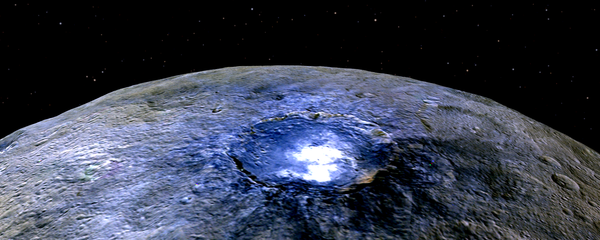ESO researchers said in a description of the photo, "If it is confirmed that CVSO 30c orbits CVSO 30, this would be the first star system to host both a close-in exoplanet detected by the transit method and a far-out exoplanet detected by direct imaging."
They added, "Astronomers are still exploring how such an exotic system came to form in such a short timeframe, as the star is only 2.5 million years old; it is possible that the two planets interacted at some point in the past, scattering off one another and settling in their current extreme orbits."
Having a photograph of CVSO 30c is notable, as the star it’s closest to is almost 300 times further away from Earth than our nearest stellar neighbor, Alpha Centauri.
1 light year is roughly 5.9 trillion miles, making the new discovery about 7 quadrillion miles away, in the direction of the Orion constellation. Further observation and analysis has to take place before CVSO 30c can be officially considered a planet, but if it is, that would mean it circles CVSO 30 at a distance of 660 astronomical units, making one complete orbit every 27,000 years.




